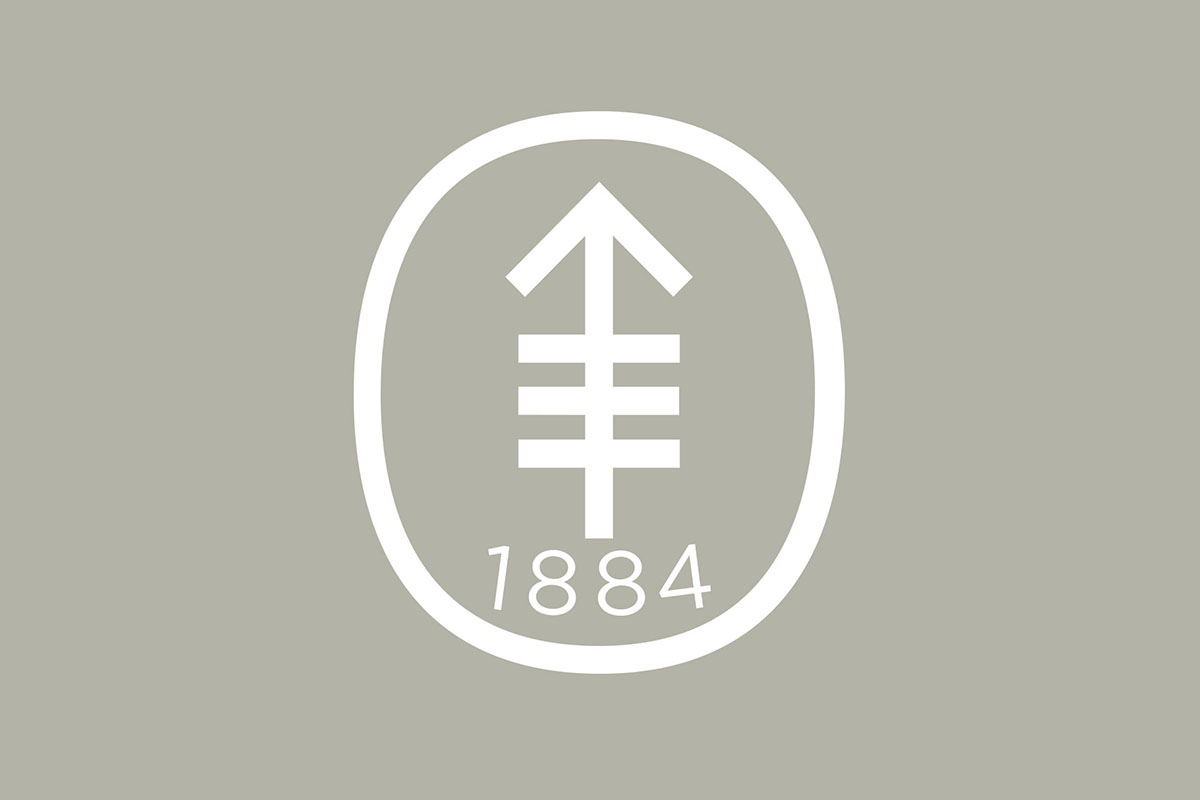
Common Names
- Sheng Mai San
- Sheng Mai Pian
- Shengmai Injection
- Shenmai Injection
- Restore the Pulse Formula
- Pulse Generator
For Patients & Caregivers
Tell your healthcare providers about any dietary supplements you’re taking, such as herbs, vitamins, minerals, and natural or home remedies. This will help them manage your care and keep you safe.
What is it?
Sheng Mai Yin (SMY) is a traditional Chinese medicine (TCM) formula. It’s made up of three different herbs.
What are the potential uses and benefits?
Sheng Mai Yin is used to treat:
- Fatigue
- Heart disease
Talk with your healthcare providers before taking herbal formulas. They can interact with some medications and affect how they work. For more information, read the “What else do I need to know?” section below.
What are the side effects?
Side effects have not been reported.
What else do I need to know?
- Talk with your healthcare provider if you’re taking blood thinners such as warfarin (Coumadin®, Jantoven®). Sheng Mai Yin can increase your risk of bleeding.
For Healthcare Professionals
Clinical Summary
Sheng Mai Yin (SMY) is a traditional Chinese medicine formula historically used to treat fatigue and cardiovascular disease. Described in the TCM Treatise on Origins of Medicine, Yixue Qiyuan, SMY consists of three herbs: Ren shen (Panax ginseng), Mai Men Dong (Ophiopogon japonicas) and Wu Wei Zi (Schisandra chinensis). Currently it is among the commonly prescribed formulas for ischemic heart disease in Taiwan (1) (2).
Systematic reviews suggest positive effects of SMY in the treatment of heart failure (3), COPD (4), coronary heart disease (5), viral myocarditis (6), and anthracycline-associated cardiotoxicity (7). In an RCT of patients with coronary heart disease, SMY shortened hospital stay in those who took the formula compared to controls (8).
When combined with chemotherapy, SMY (injectable form) may also reduce chemo-induced adverse effects in patients with non-small cell lung cancer (9) (10) and increase clinical effectiveness rate in those with breast cancer (11).
However, majority of the studies are poorly designed with high risk of bias, small sample sizes, and significant heterogeneity. Larger, methodologically-robust trials are needed to strengthen the evidence.
Purported Uses and Benefits
- Fatigue
- Cardiovascular disease
Mechanism of Action
Sheng Mai Yin has been shown to confer cardioprotective effects in murine models through multiple pathways. It inhibited the K27 ubiquitination modification of absent in melanoma 2 (AIM2) and activated AIM2 inflammasomes following myocardial ischemia-reperfusion injury (12). In a chronic heart failure model, SMY suppressed pathological changes in the myocardium via downregulating IL-6 and TNF-α and inhibiting overexpression of matrix metalloproteinases (MMPs) and type 4 collagen (COL-IV) (13). Additionally, SMY protected against diabetic cardiomyopathy by attenuating myocardial oxidative damage through activation of AMP-activated protein kinase (AMPKα) and inhibition of NADPH- oxidase (NOX) signaling (14). It also decreased iron overload and inhibited DOX-induced ferroptosis and cardiotoxicity by mediating heme oxygenase-1 (Hmox1) (15).
In a joint model of fatigue/acute myocardial infarction, SMY demonstrated anti-fatigue, anti-hypoxia and cardioprotective effects likely via inhibiting mitochondrial autophagy in cardiomyocytes through the PTEN-induced putative kinase 1 (PINK1) and Parkin pathway (16).
Adverse Reactions
Adverse effects have not been reported.
Herb-Drug Interactions
- Warfarin: Concurrent use of warfarin (2.25 mg daily) with SMY (10 ml daily) for 7 days led to an intracerebral hematoma in a 71-year-old man. He recovered after cessation of both warfarin and SMY, and removal of the hematoma by craniectomy (17).
- Nifedipine: Three-week treatment with SMY increased the systemic exposure to nifedipine by nearly two-fold, and decreased nifedipine clearance by 39% in a murine model. Clinical relevance is not known (18).